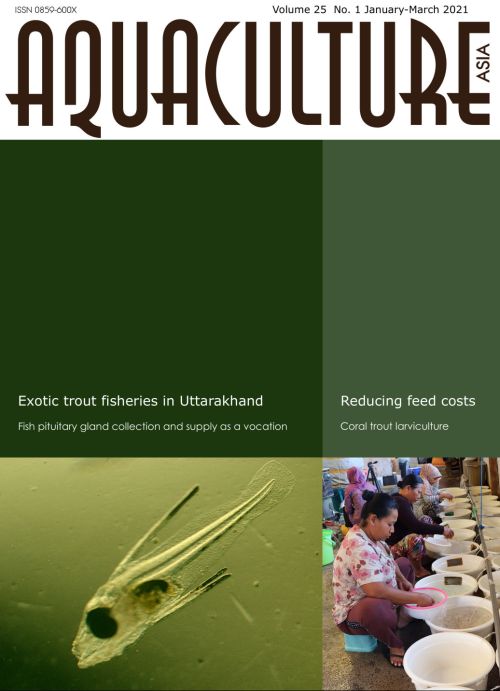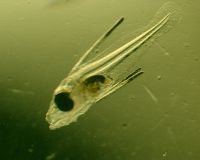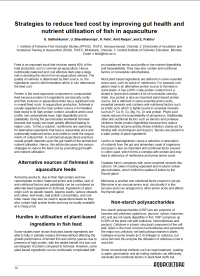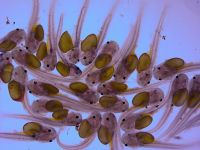Aquaculture Asia Magazine, January-March 2021
27 January 2021 | 22720 views | .pdf | 10.36 MB | Bangladesh, Freshwater finfish, Hatchery and nursery, India, Indonesia, Livelihoods, gender and social issues, Marine finfish, Nutrition and feeding, Shrimp, Stock enhancement, Water quality

In this issue:
- Exotic trout fisheries resources and potentialities in Uttarakhand
Deepjyoti Baruah, Kishor Kunal, Ravindra Posti, N.N. Pandey, Jagdamba and H.K. Purohit - Scenario of captive production of Clarias magur in India
S. Ferosekhan, S.N. Sahoo, S.S. Giri and S.K. Sahoo - Strategies to reduce feed cost by improving gut health and nutrient utilisation of fish in aquaculture
G. Sathishkumar, U. Bhavatharaniya, N. Felix, Amit Ranjan, and E. Prabhu - Fish pituitary gland collection and supply as a vocation in West Bengal, India
Subrato Ghosh - Coral trout Plectropomus leopardus aquaculture research and fingerling production in Indonesia
Yasmina Nirmala Asih, Sudewi, Afifah Nasukha and I. Nyoman Adiasmara Giri - Smartphone app improving smallholder shrimp farming practices in Bangladesh
- NACA Newsletter
Creative Commons Attribution.





